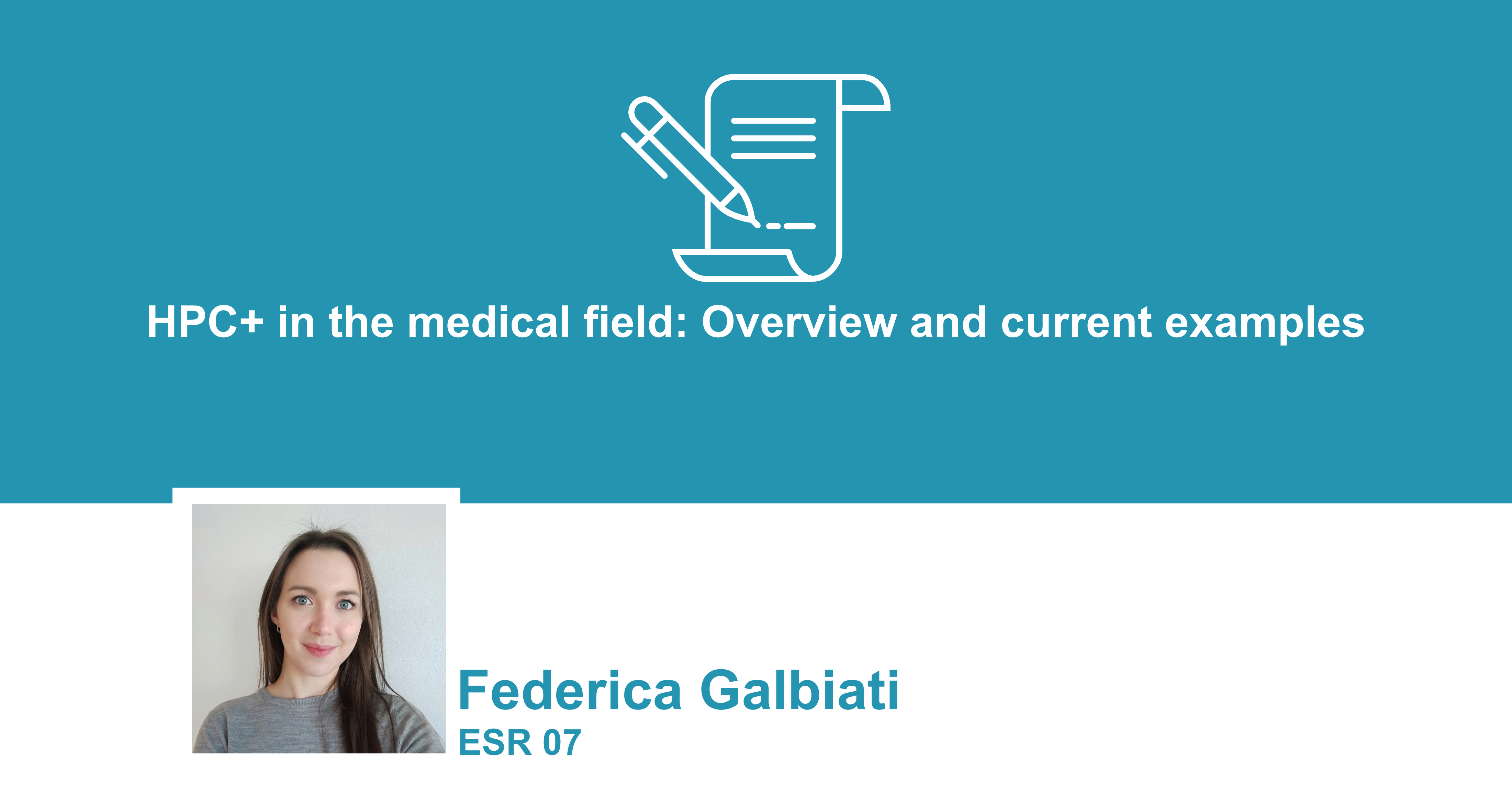“HPC+ in the medical field: Overview and current examples”, a new publication in collaboration with the MeDiTATe project

A new paper HPC+ in the medical field: Overview and current examples has been published in the Technology and Health Care Journal .The paper was written by several authors including Federica Galbiati ESR 07 of the MeDiTATe project as well as Simona Celi & Emanuele Vignali (BioCardioLab FTGM).
A further contribution was given by other authors affiliated to partners and beneficiaries of the MeDiTATe project: Marco Evangelos Biancolini & Stefano Porziani from RBF Morph, Emiliano Costa from Rina Consulting as well as Claudio Arlandini and Antonio Memmolo from CINECA.
The abstract is as follows:
To say data is revolutionising the medical sector would be a vast understatement. The amount of medical data available today is unprecedented and has the potential to enable to date unseen forms of healthcare. To process this huge amount of data, an equally huge amount of computing power is required, which cannot be provided by regular desktop computers. These areas can be (and already are) supported by High-Performance-Computing (HPC), High-Performance Data Analytics (HPDA), and AI (together “HPC+”). This overview article aims to show state-of-the-art examples of studies supported by the National Competence Centres (NCCs) in HPC+ within the EuroCC project, employing HPC, HPDA and AI for medical applications. The included studies on different applications of HPC in the medical sector were sourced from the National Competence Centres in HPC and compiled into an overview article. Methods include the application of HPC+ for medical image processing, high-performance medical and pharmaceutical data analytics, an application for pediatric dosimetry, and a cloud-based HPC platform to support systemic pulmonary shunting procedures. This article showcases state-of-the-art applications and large-scale data analytics in the medical sector employing HPC+ within surgery, medical image processing in diagnostics, nutritional support of patients in hospitals, treating congenital heart diseases in children, and within basic research. HPC+ support scientific fields from research to industrial applications in the medical area, enabling researchers to run faster and more complex calculations, simulations and data analyses for the direct benefit of patients, doctors, clinicians and as an accelerator for medical research.
The full paper is available at this link.
